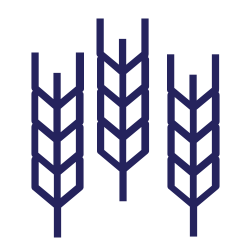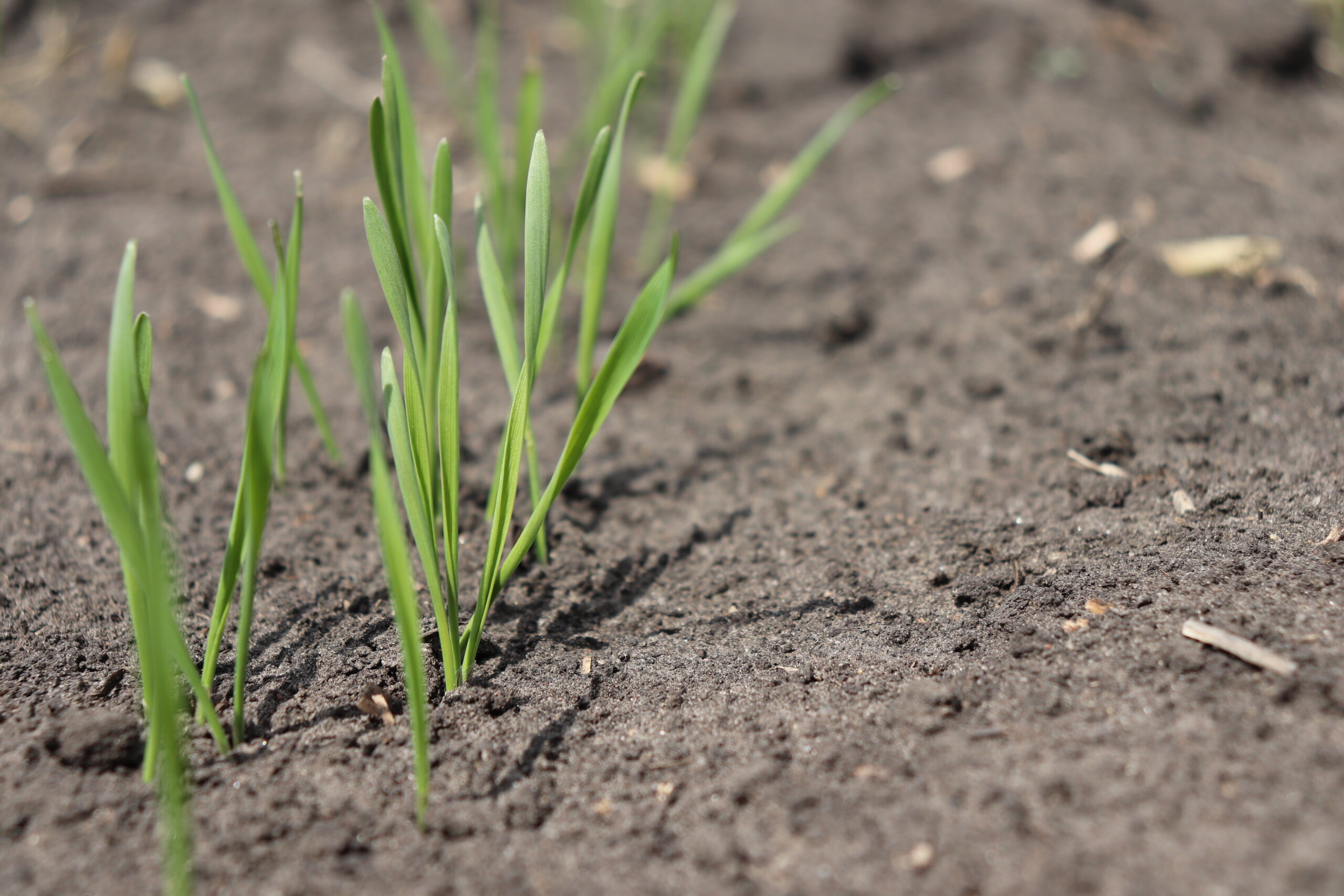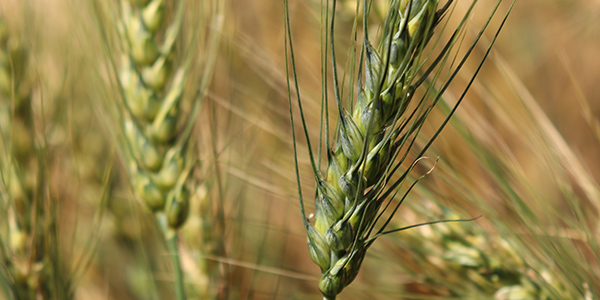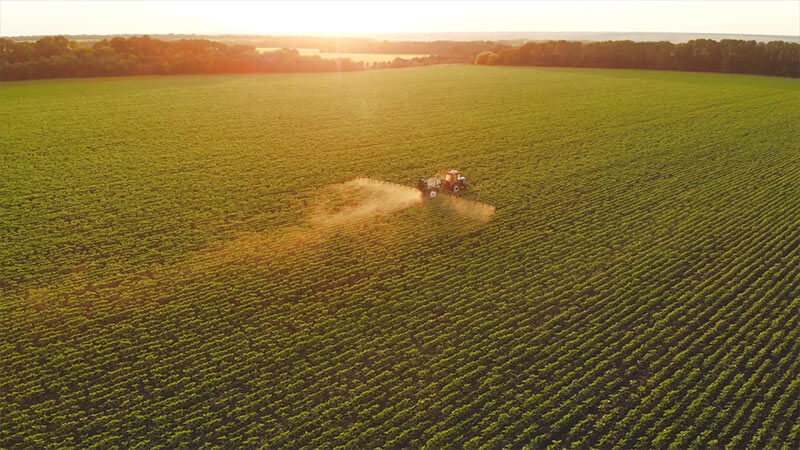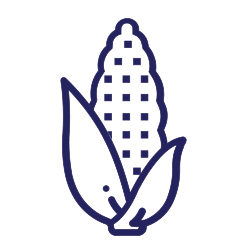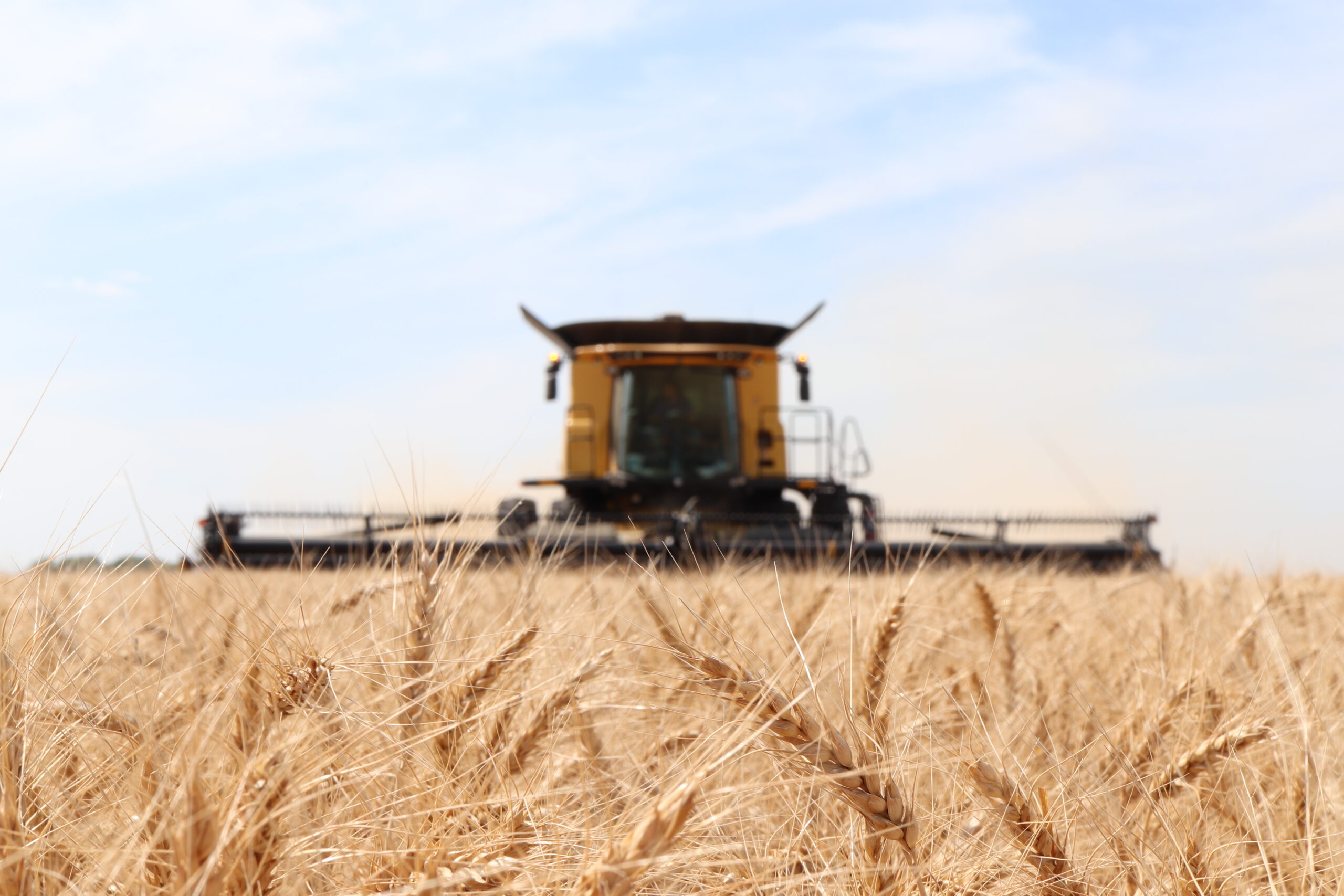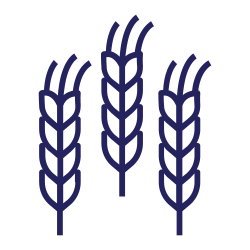Functional use of core pathogenicity genes to develop mitigation strategies against blackleg of canola and FHB of wheat
Crop Types
- Wheat
Collaborating Locations
AAFC SaskatoonThe most desirable approach to protect crops against pathogens is to breed cultivars with disease resistance (R) genes. However, current methodologies to discover new R genes are labor intensive and are limited by germplasms that are effective against a single or a few isolates of a pathogen. This is further exacerbated by crop domestication where purging of genetic diversity in elite lines relative to older land races and ancestral species, resulting in limited/small gene pools that lack the immunodiversity needed to respond to emerging pathogens. One of the solutions is to harness the natural immunodiversity of crop relatives and ancestral species to identify new R-genes. While this approach holds tremendous promise, it suffers from its challenge; how do you identify useful and deployable R-gene diversity from poorly studied species? This proposal uses an innovative, functional approach that harnesses the natural diversity of pathogen effectors to identify both resistance and susceptibility genes.
Objectives
- Define the core effector (pathogenicity) genes of F. graminearum, L. maculans, and their related species.
- Develop core effector deletion libraries from L. maculans and F. graminearum
- Assess functional diversity of core effector genes of L. maculans and F. graminearum
- Principal component analysis (PC) used to display polymorphisms of 16 wheat varieties used in this proposal
Related Production Resources
Manitoba Crop Alliance’s production resources provide reliable agronomic information based on the latest research. Our resources have been developed to help farmers make productive and sustainable decisions on their farms throughout the growing season.
Related Research Projects

-
Start Date: 2023
-
Completion Date: 2026
-
Project Status: Ongoing
In Western Canada, wheat is the cereal crop with the largest acerage; however, increasingly variable climate conditions and stress suchs as drought can affect plant development, yield and profitability for growers. This places more ephasis ondeveloping tolerant varieties with high… Read More

-
Start Date: 2023
-
Completion Date: 2026
-
Project Status: Ongoing
Glyphosate was widely used in spring wheat production because of its broad-spectrum weed control and dry-down effects. Many farmers highly rely on glyphosate to manage weeds during pre-plant burndown, postemergence, pre-harvest, or post-harvest period. The repeated use of a single… Read More
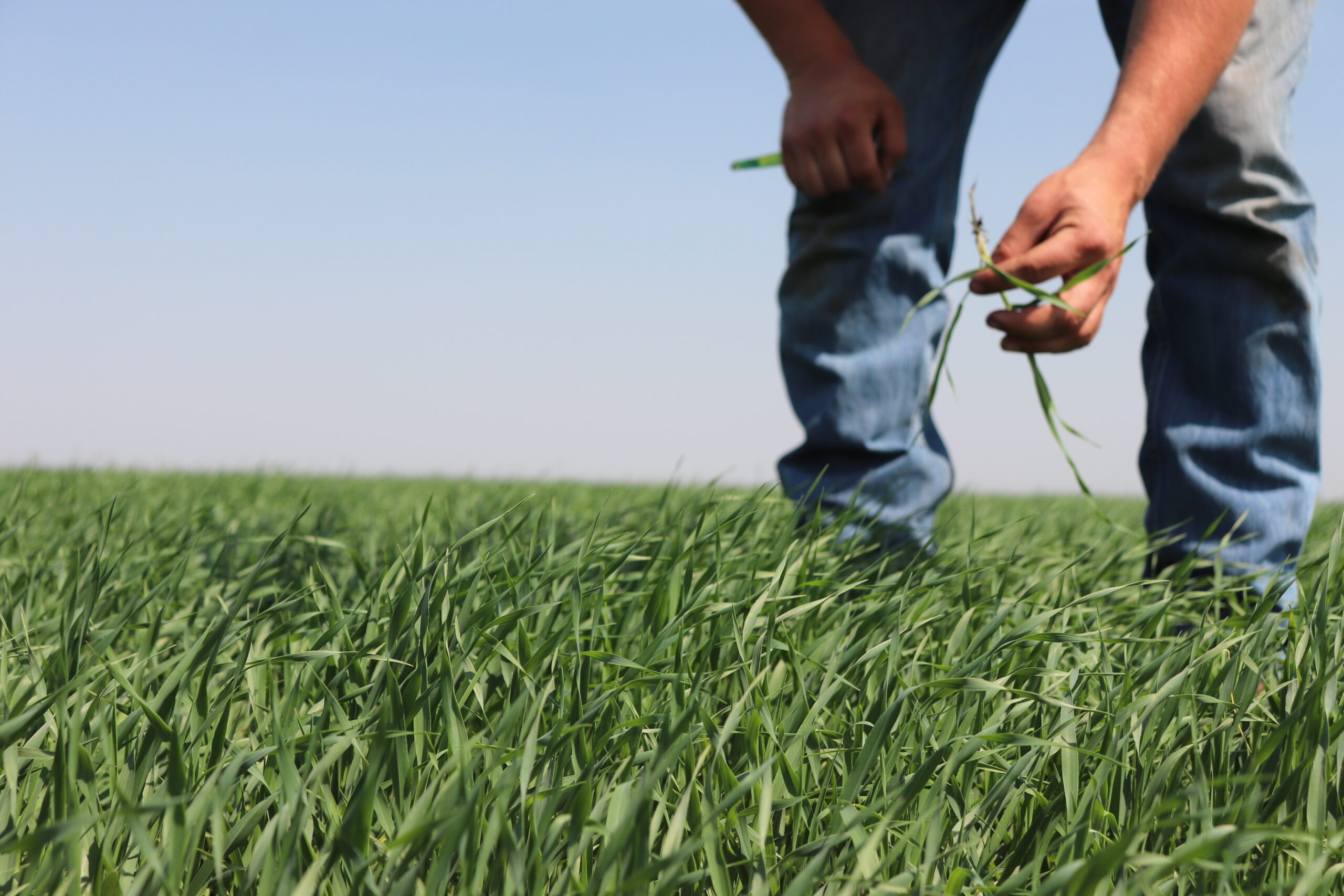
-
Start Date: 2023
-
Completion Date: 2026
-
Project Status: Ongoing
Bacterial Leaf streak is an emerging disease that has been reported in many cereal-growing regions of the world. The disease has become a recurring problem in the upper midwest of the United States since the early 2000's; currently it is… Read More
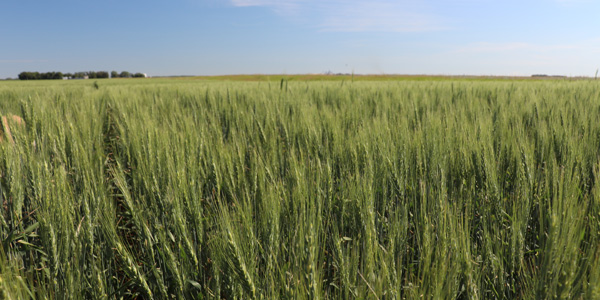
-
Start Date: 2024
-
Completion Date: 2027
-
Project Status: Ongoing
Falling Number (FN) is used to evaluate the amount of sprout damage in wheat, a critical component of wheat quality. FN is the amount of time in seconds it takes for a plunger to fall through a slurry of ground… Read More
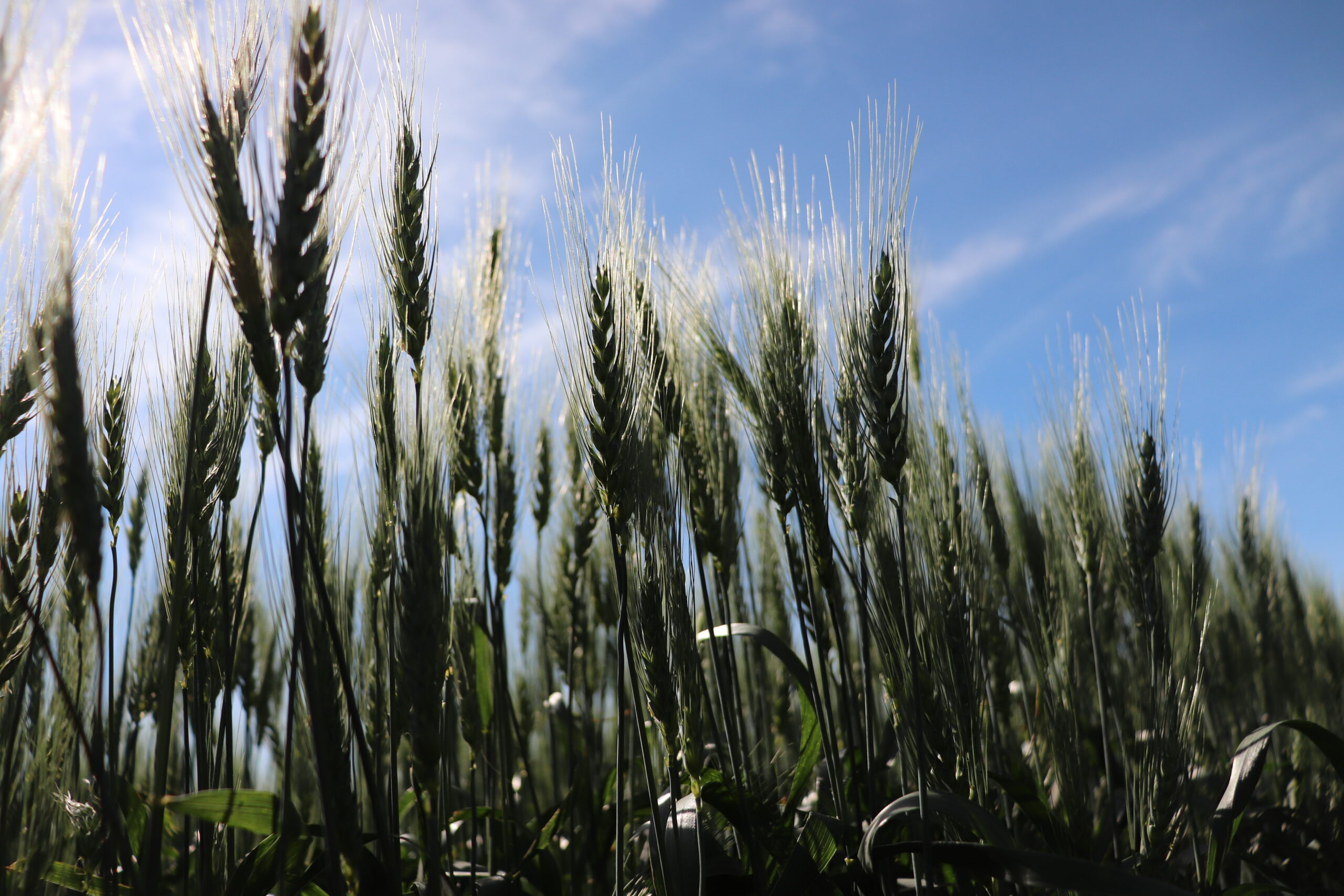
-
Start Date: 2023
-
Completion Date: 2027
-
Project Status: Ongoing
Fusarium head blight (FHB) is the most important fungal disease that affects wheat throughout cereal growing regions of Canada. It is one of the five priority-one diseases of wheat in the cultivar registration system, and an “intermediate” resistance reaction is… Read More

An accelerated disease phenotyping system to select wheat germplasm resistant to FHB and stripe rust
-
Start Date: 2023
-
Completion Date: 2026
-
Project Status: Ongoing
In recent years a concept and technology, an accelerated disease phenotyping system, sometimes referred to as ‘speed-breeding’, has been developed with the aim of shortening the breeding cycle. The technique utilizes optimal light quality, light intensity, photoperiod and temperature control… Read More

-
Start Date: 2023
-
Completion Date: 2027
-
Project Status: Ongoing
Anthocyanins are water-soluble phenolic pigments responsible for red, purple, blue, or even black colors in fruits, vegetables, grains, flowers, and other pigmented plant tissues. They are important components to be included in the human diet especially due to their roles… Read More

-
Start Date: 2023
-
Completion Date: 2026
-
Project Status: Ongoing
In this project, the study team will focus on dissecting FDK through the use of innovative digital imagining in order to develop a classification based on the degree of FHB infection in the kernel to refine the genomic regions associated… Read More

-
Start Date: 2023
-
Completion Date: 2026
-
Project Status: Ongoing
Late maturity alpha-amylase (LMA) is a recessive genetic defect in wheat that is expressed only under certain environmental conditions. LMA results in the “synthesis of α-amylase (specifically the high pI isoform) during the later stages of grain development in the… Read More

-
Start Date: 2023
-
Completion Date: 2026
-
Project Status: Ongoing
Wheat makes an annual contribution of approximately $11 billion to the Canadian economy. Diseases, particularly Fusarium head blight (FHB) and rusts are major threat to wheat production in Canada. Among rust diseases, stripe rust is becoming a major issue since… Read More

-
Start Date: 2023
-
Completion Date: 2026
-
Project Status: Ongoing
In Western Canada, wheat is the cereal crop with the largest acerage; however, increasingly variable climate conditions and stress suchs as drought can affect plant development, yield and profitability for growers. This places more ephasis ondeveloping tolerant varieties with high… Read More

-
Start Date: 2023
-
Completion Date: 2026
-
Project Status: Ongoing
Glyphosate was widely used in spring wheat production because of its broad-spectrum weed control and dry-down effects. Many farmers highly rely on glyphosate to manage weeds during pre-plant burndown, postemergence, pre-harvest, or post-harvest period. The repeated use of a single… Read More

-
Start Date: 2023
-
Completion Date: 2026
-
Project Status: Ongoing
Bacterial Leaf streak is an emerging disease that has been reported in many cereal-growing regions of the world. The disease has become a recurring problem in the upper midwest of the United States since the early 2000's; currently it is… Read More

-
Start Date: 2024
-
Completion Date: 2027
-
Project Status: Ongoing
Falling Number (FN) is used to evaluate the amount of sprout damage in wheat, a critical component of wheat quality. FN is the amount of time in seconds it takes for a plunger to fall through a slurry of ground… Read More

-
Start Date: 2023
-
Completion Date: 2027
-
Project Status: Ongoing
Fusarium head blight (FHB) is the most important fungal disease that affects wheat throughout cereal growing regions of Canada. It is one of the five priority-one diseases of wheat in the cultivar registration system, and an “intermediate” resistance reaction is… Read More

An accelerated disease phenotyping system to select wheat germplasm resistant to FHB and stripe rust
-
Start Date: 2023
-
Completion Date: 2026
-
Project Status: Ongoing
In recent years a concept and technology, an accelerated disease phenotyping system, sometimes referred to as ‘speed-breeding’, has been developed with the aim of shortening the breeding cycle. The technique utilizes optimal light quality, light intensity, photoperiod and temperature control… Read More

-
Start Date: 2023
-
Completion Date: 2027
-
Project Status: Ongoing
Anthocyanins are water-soluble phenolic pigments responsible for red, purple, blue, or even black colors in fruits, vegetables, grains, flowers, and other pigmented plant tissues. They are important components to be included in the human diet especially due to their roles… Read More

-
Start Date: 2023
-
Completion Date: 2026
-
Project Status: Ongoing
In this project, the study team will focus on dissecting FDK through the use of innovative digital imagining in order to develop a classification based on the degree of FHB infection in the kernel to refine the genomic regions associated… Read More

-
Start Date: 2023
-
Completion Date: 2026
-
Project Status: Ongoing
Late maturity alpha-amylase (LMA) is a recessive genetic defect in wheat that is expressed only under certain environmental conditions. LMA results in the “synthesis of α-amylase (specifically the high pI isoform) during the later stages of grain development in the… Read More

-
Start Date: 2023
-
Completion Date: 2026
-
Project Status: Ongoing
Wheat makes an annual contribution of approximately $11 billion to the Canadian economy. Diseases, particularly Fusarium head blight (FHB) and rusts are major threat to wheat production in Canada. Among rust diseases, stripe rust is becoming a major issue since… Read More

-
Start Date: 2023
-
Completion Date: 2026
-
Project Status: Ongoing
In Western Canada, wheat is the cereal crop with the largest acerage; however, increasingly variable climate conditions and stress suchs as drought can affect plant development, yield and profitability for growers. This places more ephasis ondeveloping tolerant varieties with high… Read More

-
Start Date: 2023
-
Completion Date: 2026
-
Project Status: Ongoing
Glyphosate was widely used in spring wheat production because of its broad-spectrum weed control and dry-down effects. Many farmers highly rely on glyphosate to manage weeds during pre-plant burndown, postemergence, pre-harvest, or post-harvest period. The repeated use of a single… Read More
Project Details
Field Issues
- Disease

